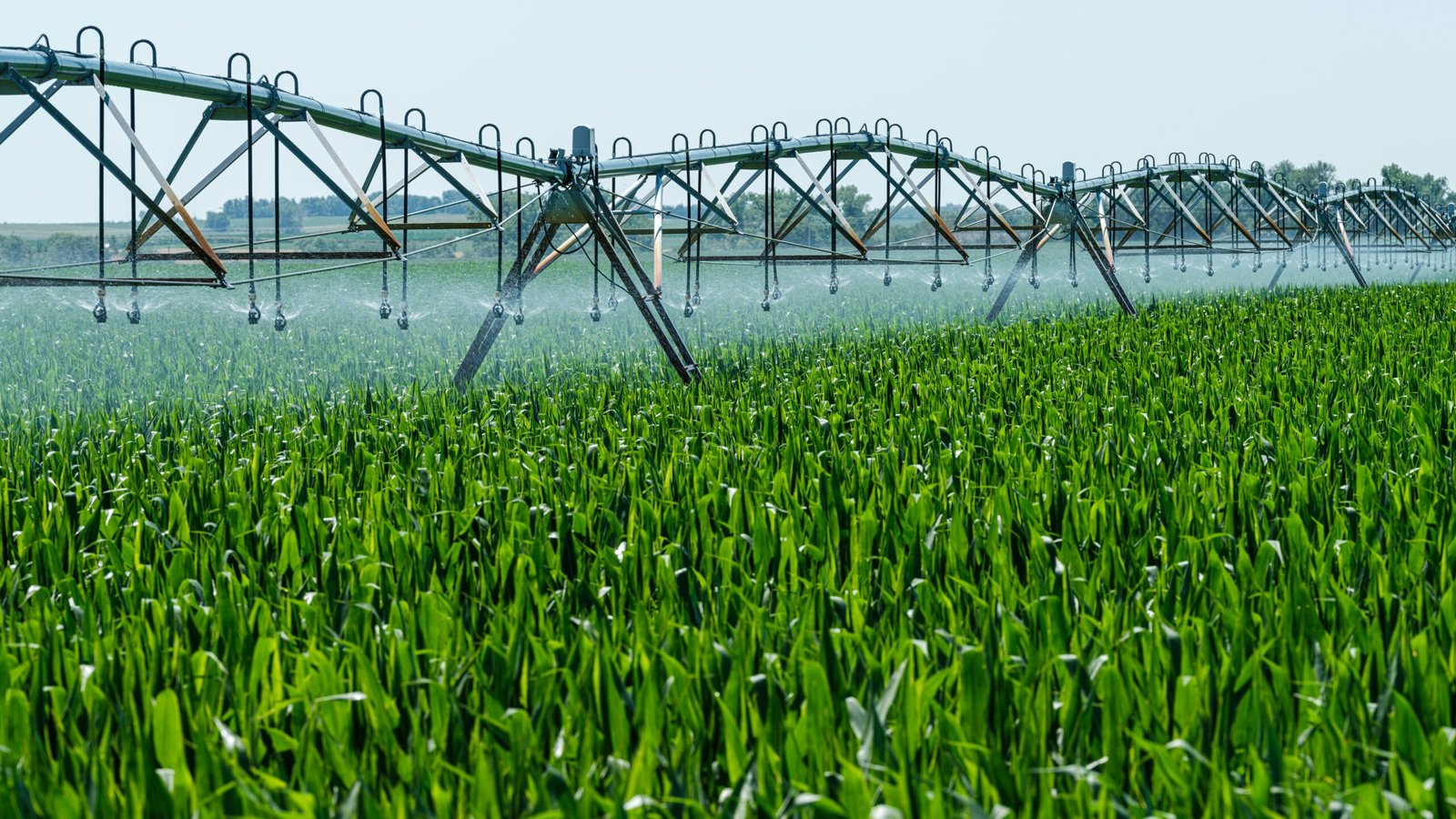The Future of Agricultural Technology: Exploring the Latest Highly Efficient Innovations
January 22, 2024 | by fakta-unik.com

Welcome to the exciting world of agricultural technology! Gone are the days when farming was solely dependent on manual labor and traditional methods. With the rapid advancements in technology, the agricultural industry has witnessed a revolution like never before. In this blog post, we will take you on a journey through the latest innovations in agricultural technology and how they are transforming the way we grow our food.
The Rise of Precision Farming with agricultural technology
Precision farming, also known as smart farming or digital agriculture, is a game-changer in the field of agriculture. It involves the use of advanced technologies such as GPS, sensors, drones, and robotics to optimize farming practices. Farmers can now gather real-time data about their crops, soil conditions, and weather patterns, allowing them to make informed decisions and maximize productivity.
For instance, drones equipped with high-resolution cameras can capture aerial images of the fields, providing valuable insights into crop health and growth. This helps farmers identify areas that require attention, such as pest infestations or nutrient deficiencies, enabling them to take immediate action.
The Internet of Things (IoT) in Agriculture
Another exciting innovation in agricultural technology is the integration of the Internet of Things (IoT). IoT devices, such as sensors and actuators, are connected to the internet and can collect and exchange data. In agriculture, IoT is being used to monitor and manage various aspects of farming, from irrigation to livestock management.
Smart irrigation systems, for example, use soil moisture sensors to detect the water needs of crops. These sensors send data to a central system, which then triggers automated irrigation, ensuring that plants receive the right amount of water at the right time. This not only conserves water but also improves crop yield and quality.
Vertical Farming and Urban Agriculture
As the world’s population continues to grow, the demand for food is increasing. However, arable land is limited, and traditional farming methods may not be sufficient to meet this demand. This is where vertical farming and urban agriculture come into play.
Vertical farming involves growing crops in vertically stacked layers, using artificial lighting and controlled environments. This allows for year-round cultivation, regardless of the external climate. Urban agriculture, on the other hand, focuses on growing food in urban areas, utilizing rooftops, balconies, and even indoor spaces.
Both vertical farming and urban agriculture rely heavily on technology. LED lights provide the necessary spectrum and intensity for plant growth, while climate control systems maintain optimal temperature, humidity, and CO2 levels. These innovative approaches to farming not only increase food production but also reduce transportation costs and carbon emissions.
Robotics and Automation on agricultural technology
Robots are no longer confined to science fiction movies; they are now an integral part of modern agriculture. Robotic systems can perform a wide range of tasks, from planting and harvesting crops to sorting and packing produce.
One example of agricultural robotics is the use of autonomous tractors. These self-driving machines can navigate fields, plow the soil, and sow seeds with precision. They can also be equipped with sensors to monitor crop health and apply fertilizers or pesticides as needed.
Automation is not limited to field operations. In large-scale indoor farms, robots can handle repetitive tasks such as transplanting seedlings, monitoring plant growth, and even harvesting. This reduces the need for manual labor and increases efficiency.
The Future of Agricultural Technology
The innovations mentioned above are just the tip of the iceberg. The field of agricultural technology is constantly evolving, with researchers and entrepreneurs pushing the boundaries of what is possible.
Some of the emerging trends include the use of artificial intelligence for crop disease detection, blockchain technology for supply chain transparency, and biotechnology for developing drought-resistant crops.
As we look to the future, it is clear that agricultural technology will play a crucial role in ensuring food security, sustainability, and efficiency. The integration of technology into farming practices will not only benefit farmers but also consumers and the environment.
So, next time you take a bite of that juicy tomato or crunch into a fresh salad, remember the incredible journey it took from the farm to your plate, powered by the latest innovations in agricultural technology.